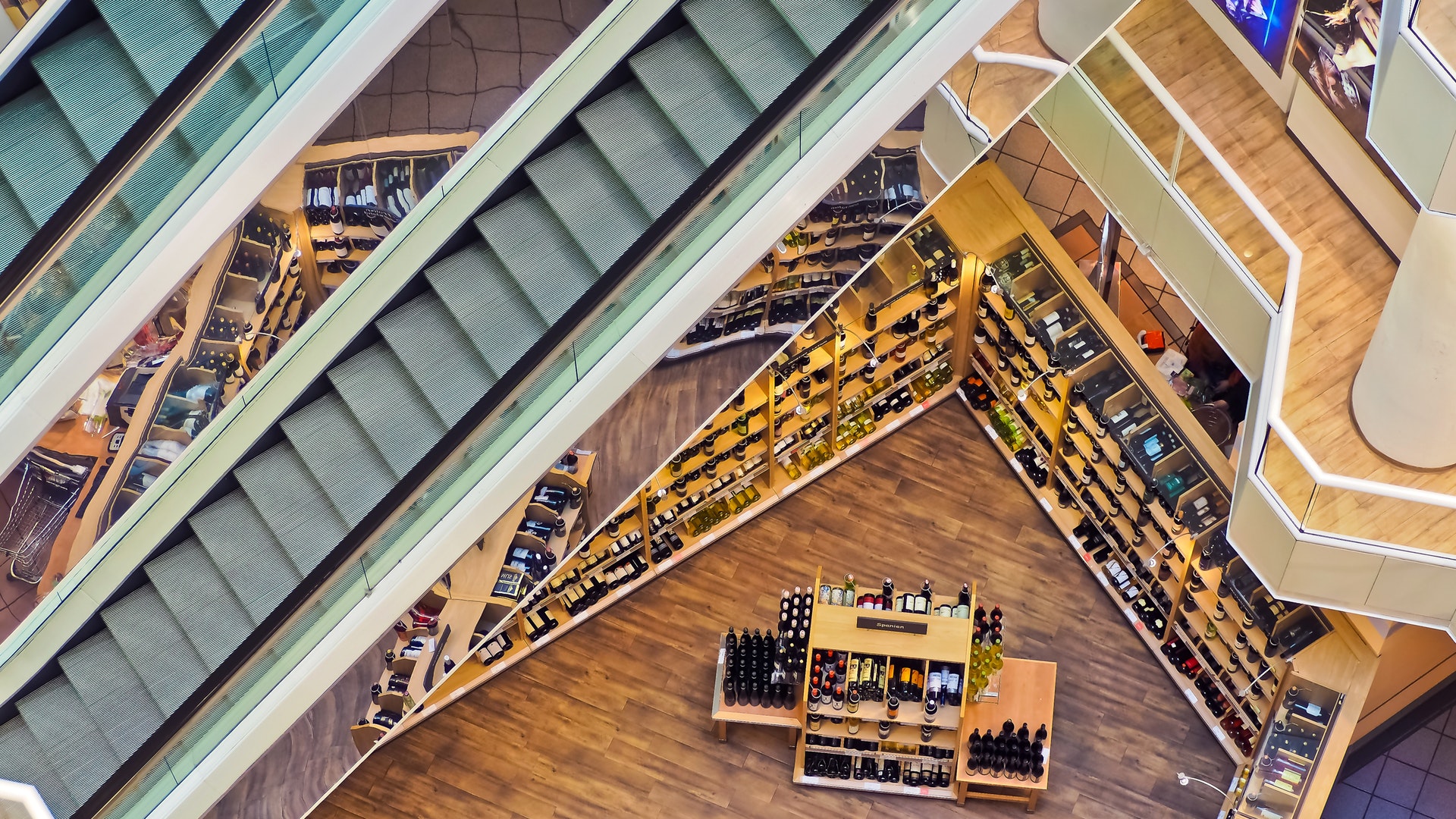It's clear that digital transformation in retail has been accelerated by the recent global events and that this trend won't slow down. A survey by Adobe revealed that more than half (53%) of the retailers agreed that digital experience demands will increase.
During the pandemic, retailers managed to offer convenience and speed. This was winning combination - since customers want a seamless experience throughout their journey.
Digital Self-Service
In this context, digital self-service is the most important tool for customer satisfaction according to more than three quarters of retail marketers. Consumers want control and fewer obstacles when it comes to 'getting things done'. Retailers see contactless payments (36%), mobile commerce (35%), self-checkout (30%) as investment priorities in 2022.
Retailers still recognize the importance of brick and mortar in this mixed environment of online and in store retail. Personalizing experiences in-store based upon online behavior is the second most important priority for retail executives with 78% of them rate it either critically important or important.
A recent report by The New York Times suggests that a side effect of the online rush has been a weakening of brand ties. Consumers have changed how they evaluate products through social media ads and reviews. If you can order a pair of pants at a reasonable price from one of the 30 online retailers and have it delivered right to your home in less than the time it takes to get to a physical shop with hassle-free returns, why bother? You can also explore other brands by visiting these 30 new retailers. Retailers must offer more than the product and ticket price.
The only way that we're going to keep people coming back is if we deliver customer experiences that delight the customer and that are differentiated from the experiences they can get elsewhere. If you're trying to win on price alone, you're going to lose; there's only one Amazon that's going to deliver the lowest priced goods.
Avery Worthing-Jones, Senior Vice President of Product Management, Gap Inc
Recognizing the role of both physical and digital retail experiences in customer journeys is just one piece of the puzzle. Remember that customers don't shop only in one channel. They shop all everywhere. It is more obvious than ever that online and offline shopping boundaries are not being blurred, they are simply erased.
It is encouraging to see that more than a third of marketers have made digital-powered in-store shopping their top investment priority for 2022. Contextual, geo-targeted messaging near stores is another way to acknowledge the smartphone's role as a key 'portal to experience' and a key factor in meeting customers' expectations of omnichannel services. Mobile offers more options for targeted messaging and is a powerful tool to increase brand engagement. In the 2021 holiday shopping period 43% of purchases were made on mobile devices.
Freshippo is Alibaba's Chinese grocery division. They offer an integrated mobile shopping experience to their customers. You can search product information including recipe details and provenance, make shopping lists, order in person an pay via mobile. Depending on where you live, you can also have your goods delivered to you. Freshippo's mobile service can be used to offer alternative solutions for stock shortages in real time. Mobile is a natural extension of digital self-service that is 'frictionless'.
Adapt and evolve
Collaboration within the company is a crucial part for digital services. Systems must interact to ensure that customer journeys started online are completed successfully offline and vice versa. It is also evident that it is crucial to have a strong foundation in skills, technologies and organisational structure and to be vigilant about constantly updating.
No more Loyalty
Retailers can't assume customer loyalty anymore. There is an abundance of options, and it's becoming more difficult to stay relevant. Personalization is essential, but retailers face many challenges. These include consumers' concerns about data privacy, the relative price retailers offer in return for first-party data and the impending death of third-party cookies.
If you keep pace, you're falling behind
Retailers must keep up with the pace of change. You have to be constantly on the lookout for new innovations. This does not mean that you should jump the bandwagon immediatly. You have to find what trend is not worth investing, but at the same time you have to be open to experiment and to challenge conventional wisdom. According to the survey, 57% of retailers are unable to keep up with customer expectations. This is one of the most concerning numbers, since these retailers face imminent danger of falling behind the 30% that admit they are already behind.
Data is the source of Insights and Action
Many retailers have difficulty using data. Retailers don't lack information, but they often do lack the ability to use it to make sense of it and take action. 57% stated that data and insight are their top three priorities in the coming year.
If companies want to challenge the status-quo, they must act quickly. This is particularly true for personalization, where first- and second-party data are required. A third (32%) of retailers say they are not effective in using third party data to personalize customer experiences. However, third-party cookies will be gone next year, making this point obsolete. However, a zero-party and a first-party strategy are a must.
For retailers, constant evolution is essential. Retailers are wise to choose a "learning as you go" approach rather than "wait and see" for the perfect solution.
Source: Adobe
DIGITAL TRENDS
Stay up to date with digital trends
We cover latest trends all things digital with news and infos about developments for your online business.
